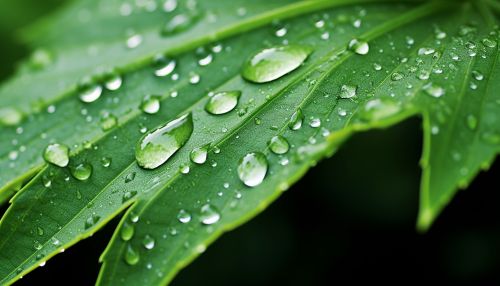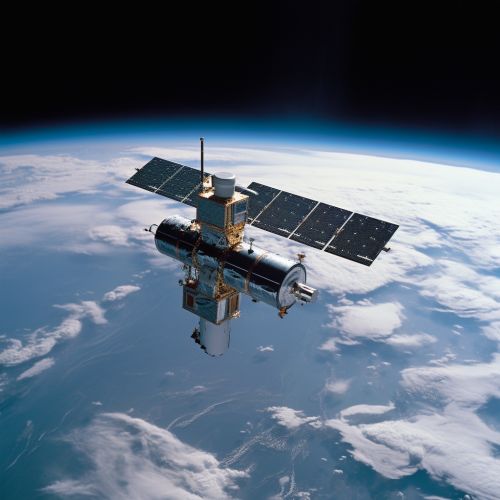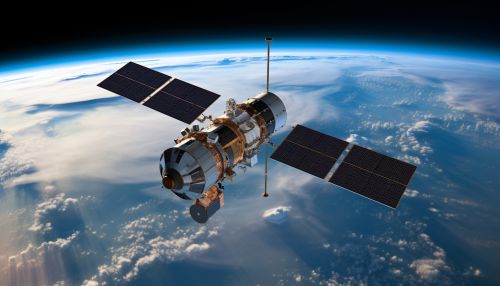Evapotranspiration
Introduction
Evapotranspiration is a term used in the fields of hydrology and meteorology to describe the process by which water is transferred from the land to the atmosphere by evaporation from the soil and other surfaces, and by transpiration from plants. It is a key component of the water cycle, contributing to the redistribution of water on the planet.


Process of Evapotranspiration
The process of evapotranspiration involves two separate components: evaporation and transpiration.
Evaporation
Evaporation is the process by which water changes from a liquid state to a gaseous state, known as water vapor. This process occurs on the surface of bodies of water, such as lakes, rivers, and oceans, as well as on the surface of the soil and other terrestrial surfaces.


Transpiration
Transpiration, on the other hand, is the process by which water is lost from plants to the atmosphere. This occurs primarily through the stomata, small openings on the leaves of plants, and is driven by the process of photosynthesis.


Factors Influencing Evapotranspiration
Several factors influence the rate of evapotranspiration, including temperature, humidity, wind speed, and solar radiation.
Temperature
Higher temperatures increase the rate of evapotranspiration by increasing the energy available for the conversion of water into water vapor.
Humidity
The amount of water vapor in the air, or humidity, also influences evapotranspiration. When the air is saturated with water vapor, the rate of evapotranspiration decreases.
Wind Speed
Wind speed affects evapotranspiration by removing the layer of humid air above the evaporating surface, allowing for more water to evaporate.
Solar Radiation
Solar radiation provides the energy required for evaporation to occur. Therefore, the amount of solar radiation directly influences the rate of evapotranspiration.


Measurement and Estimation of Evapotranspiration
Evapotranspiration is a complex process to measure directly due to its dependence on numerous environmental variables. However, several methods have been developed to estimate evapotranspiration, including empirical equations, remote sensing techniques, and simulation models.
Empirical Equations
Empirical equations, such as the Penman-Monteith equation, are commonly used to estimate evapotranspiration. These equations incorporate various meteorological parameters, such as temperature, wind speed, and solar radiation.
Remote Sensing Techniques
Remote sensing techniques utilize satellite data to estimate evapotranspiration over large areas. These techniques often incorporate vegetation indices, surface temperature, and other parameters derived from satellite imagery.
Simulation Models
Simulation models, such as the Soil-Water-Atmosphere-Plant (SWAP) model, simulate the processes of evaporation and transpiration to estimate evapotranspiration. These models often require detailed information about the soil, vegetation, and atmospheric conditions.


Importance of Evapotranspiration
Evapotranspiration plays a crucial role in various ecological and hydrological processes. It is a major component of the water cycle, contributing to the redistribution of water from the land to the atmosphere. It also influences local and regional climate patterns, and plays a key role in the energy balance of the Earth's surface.


